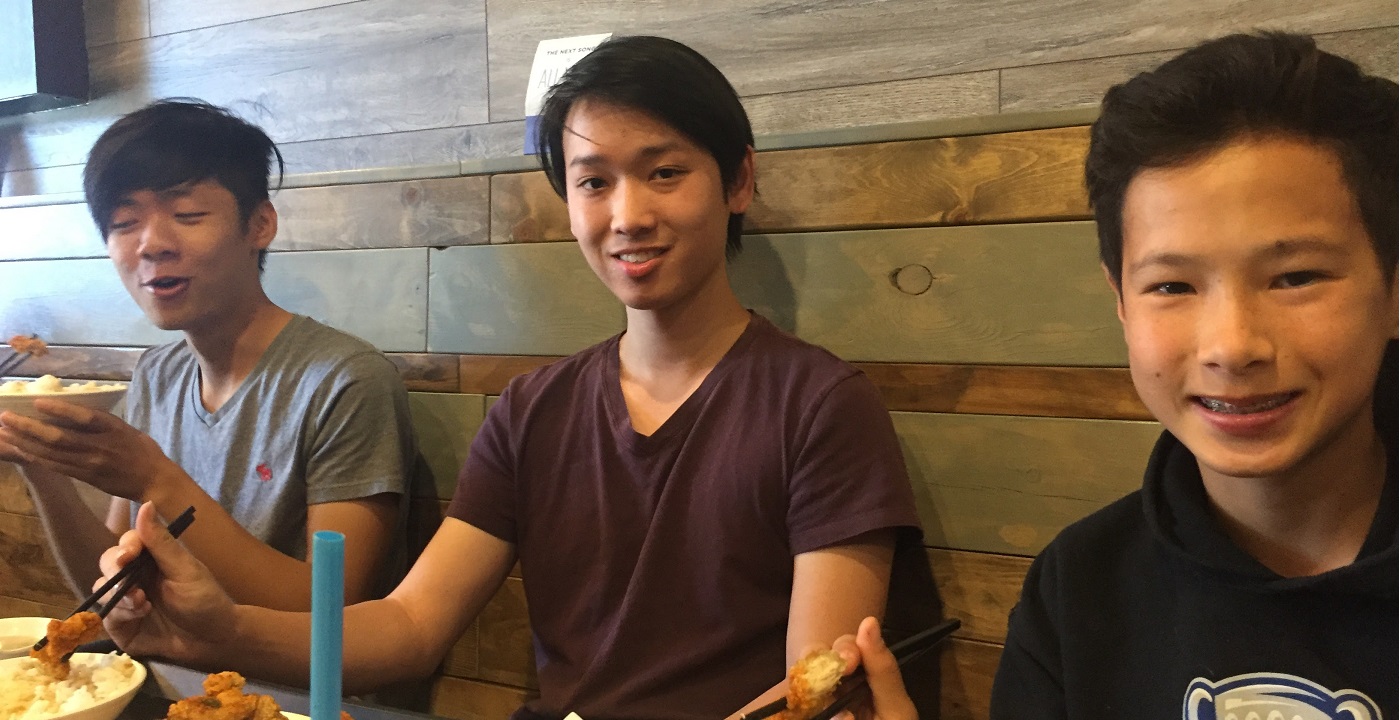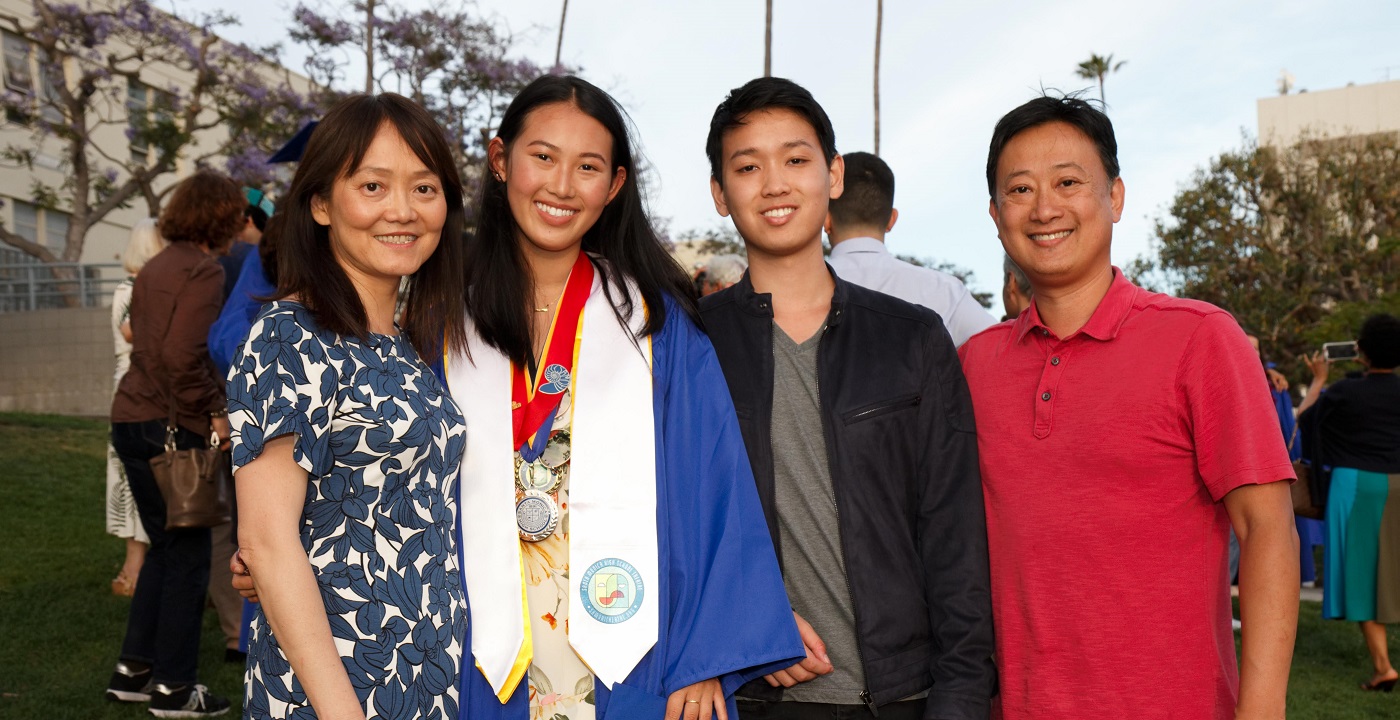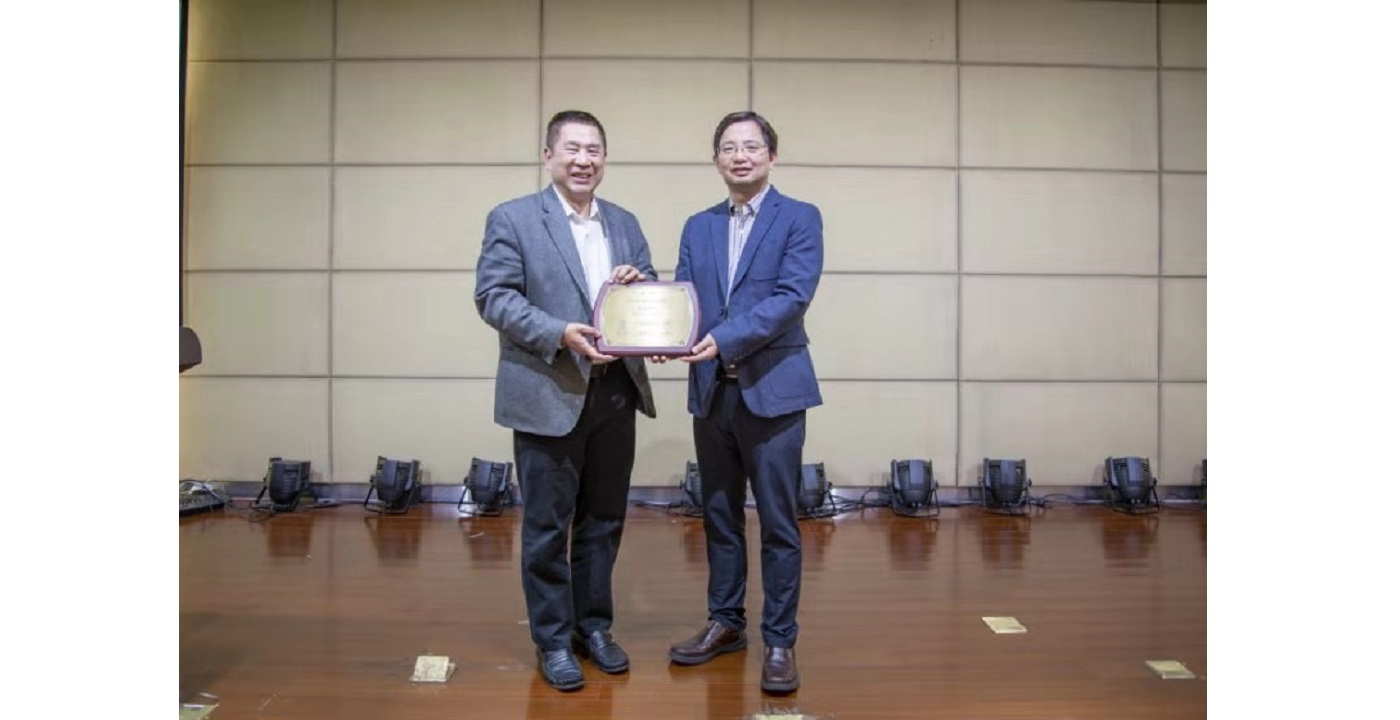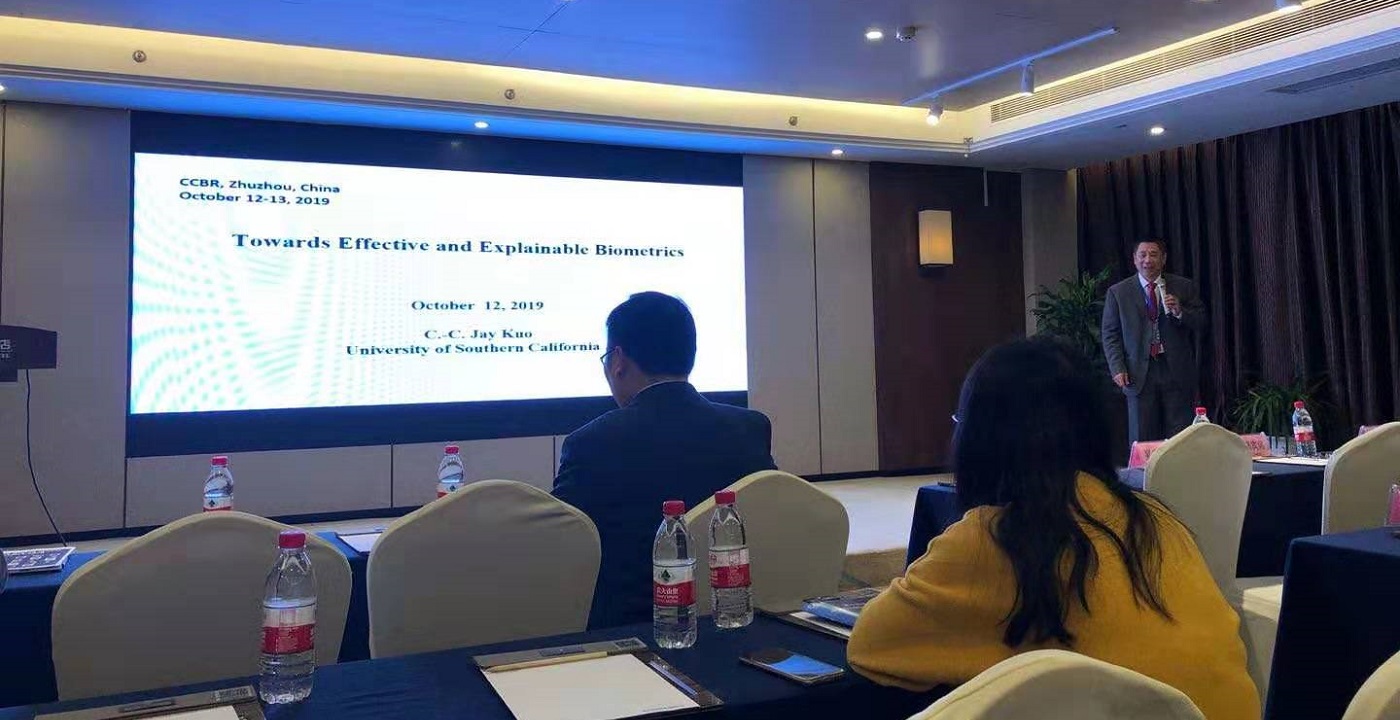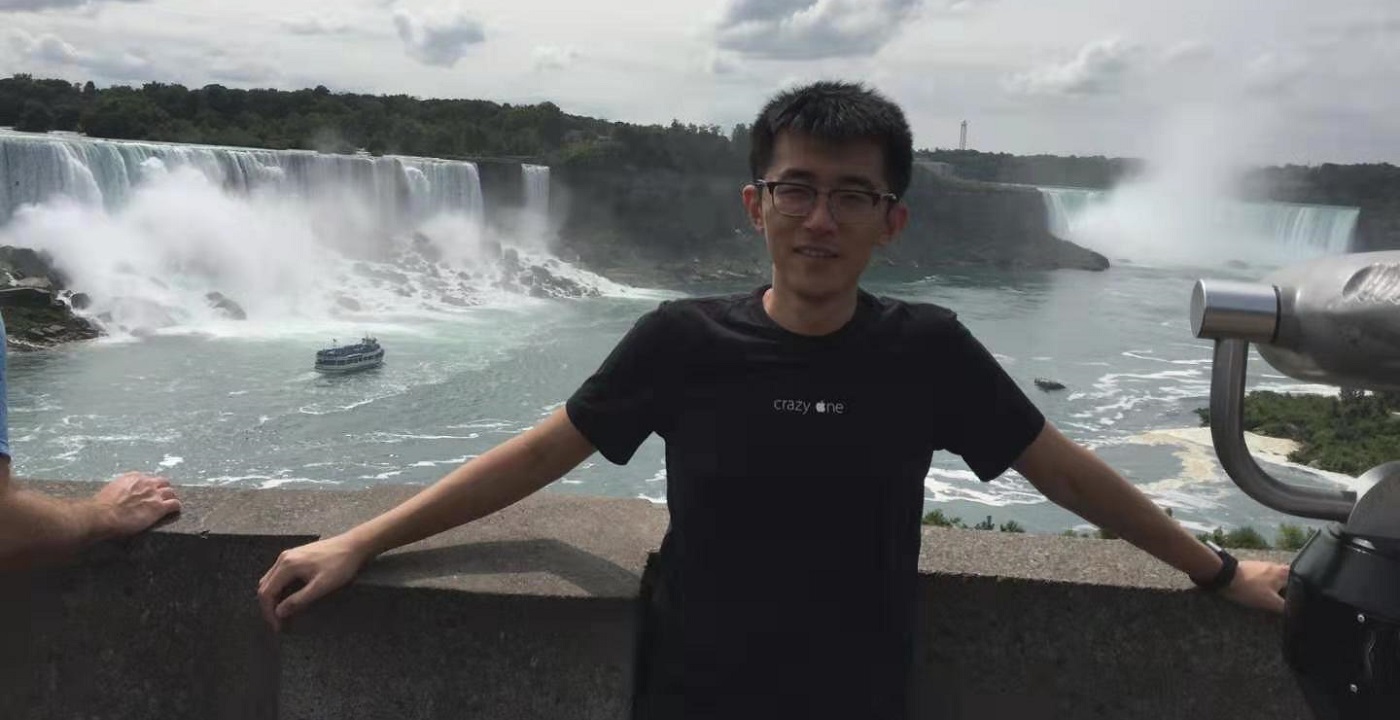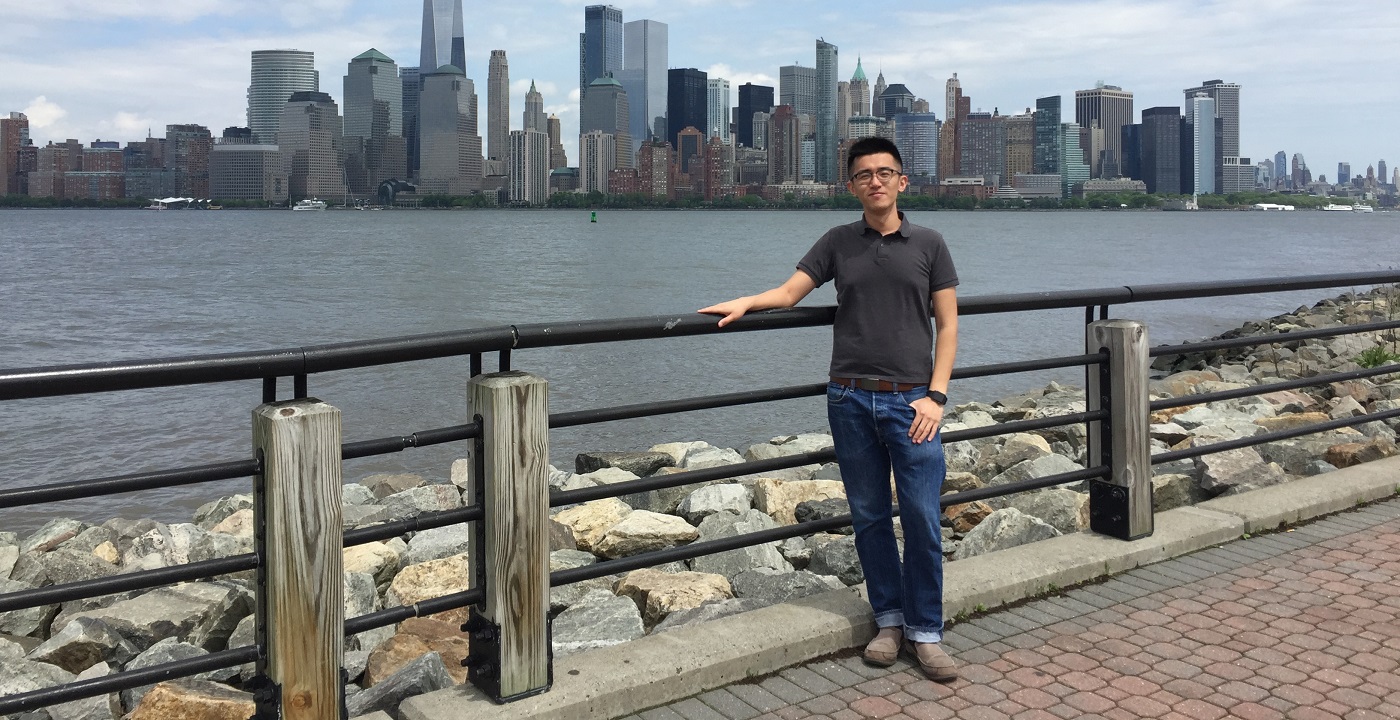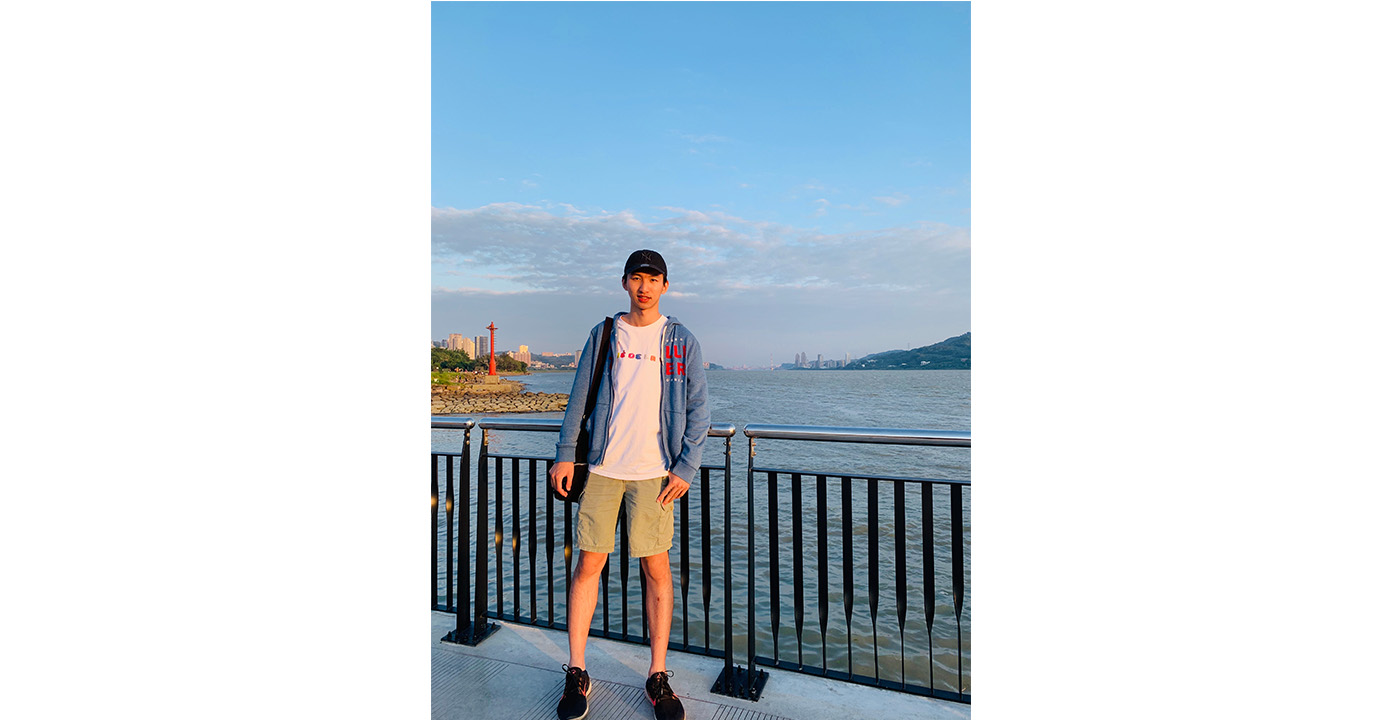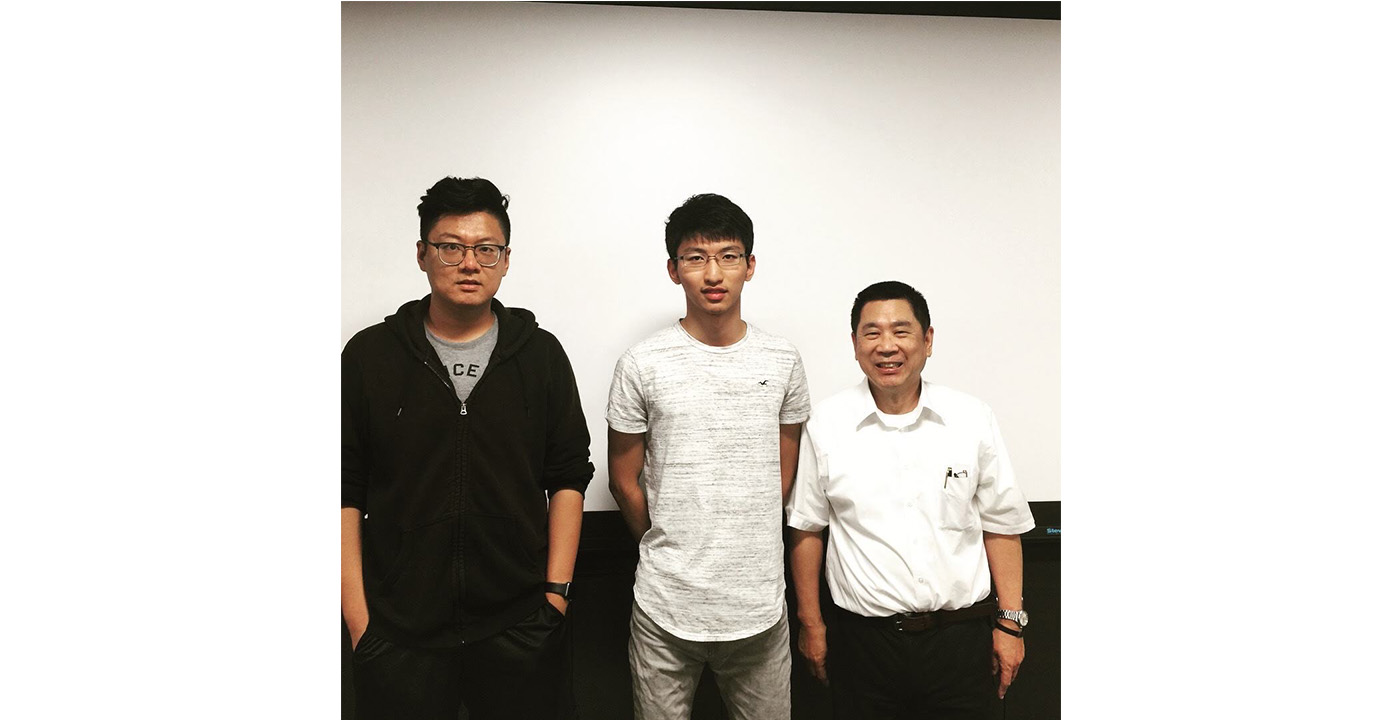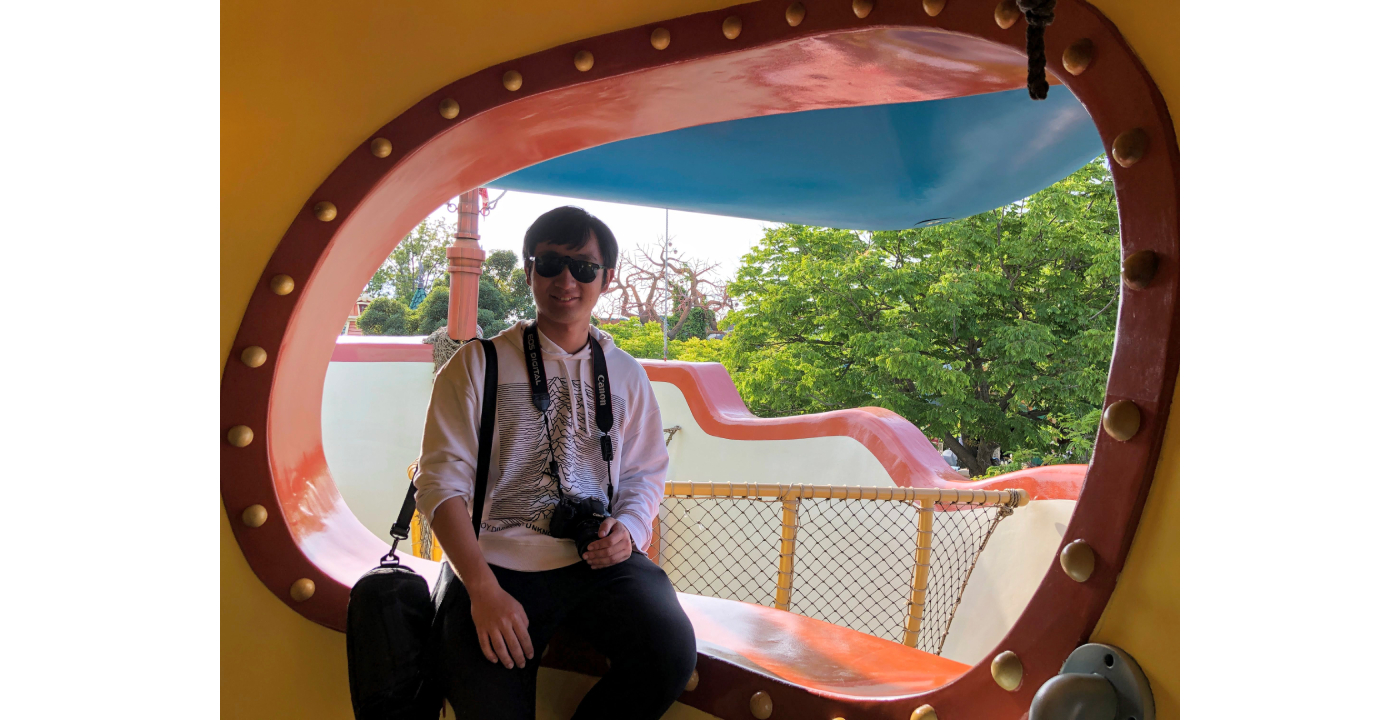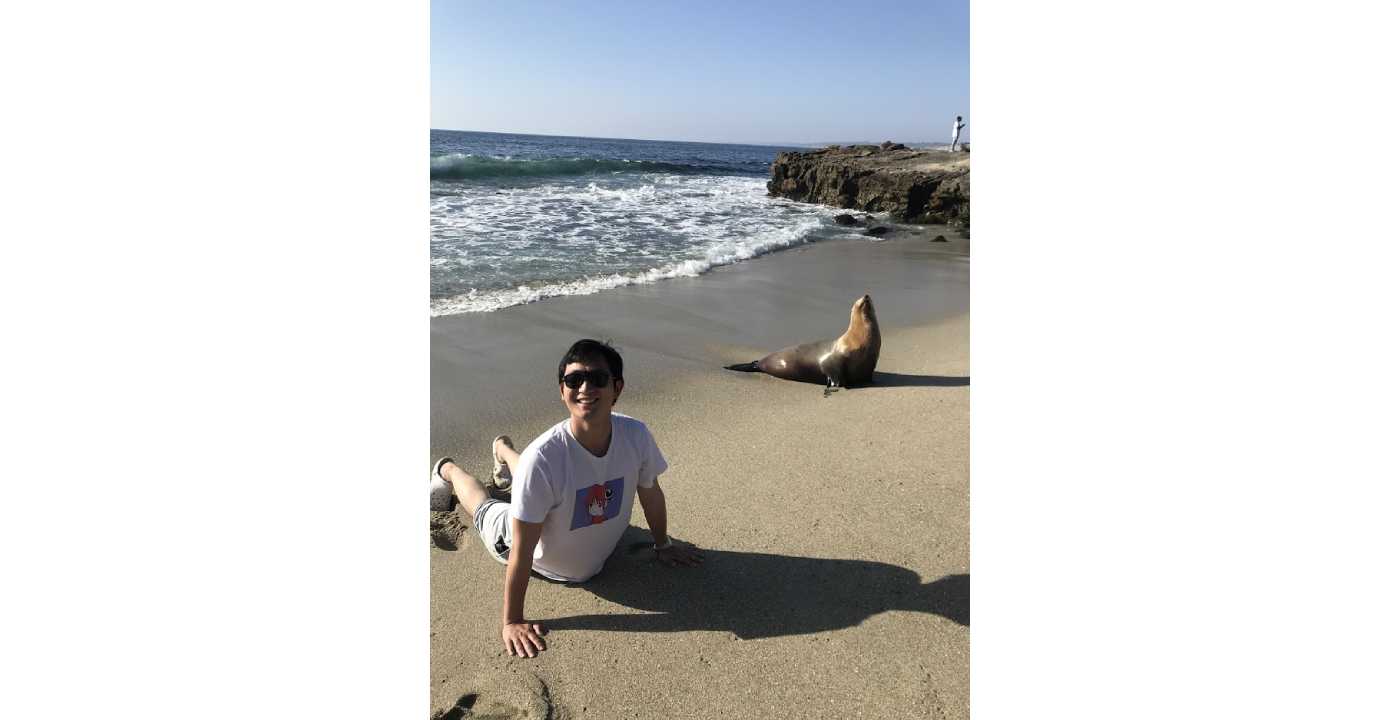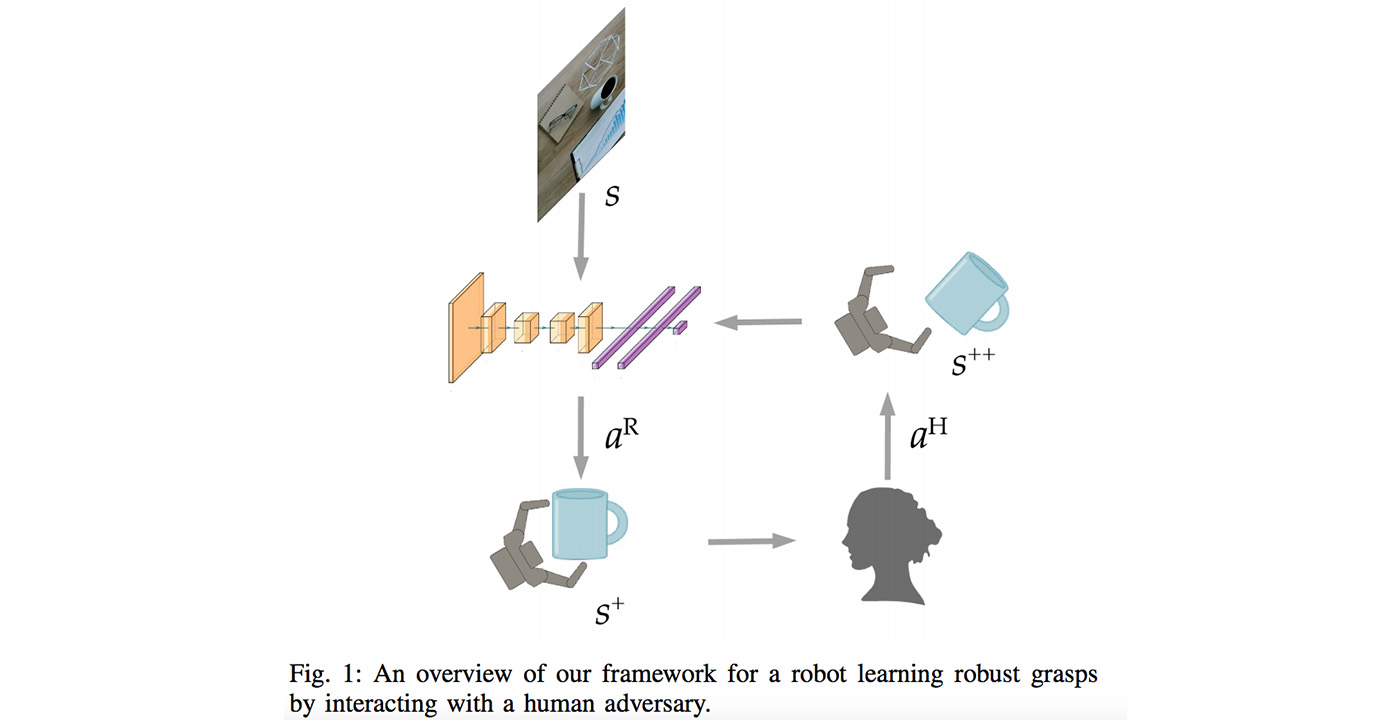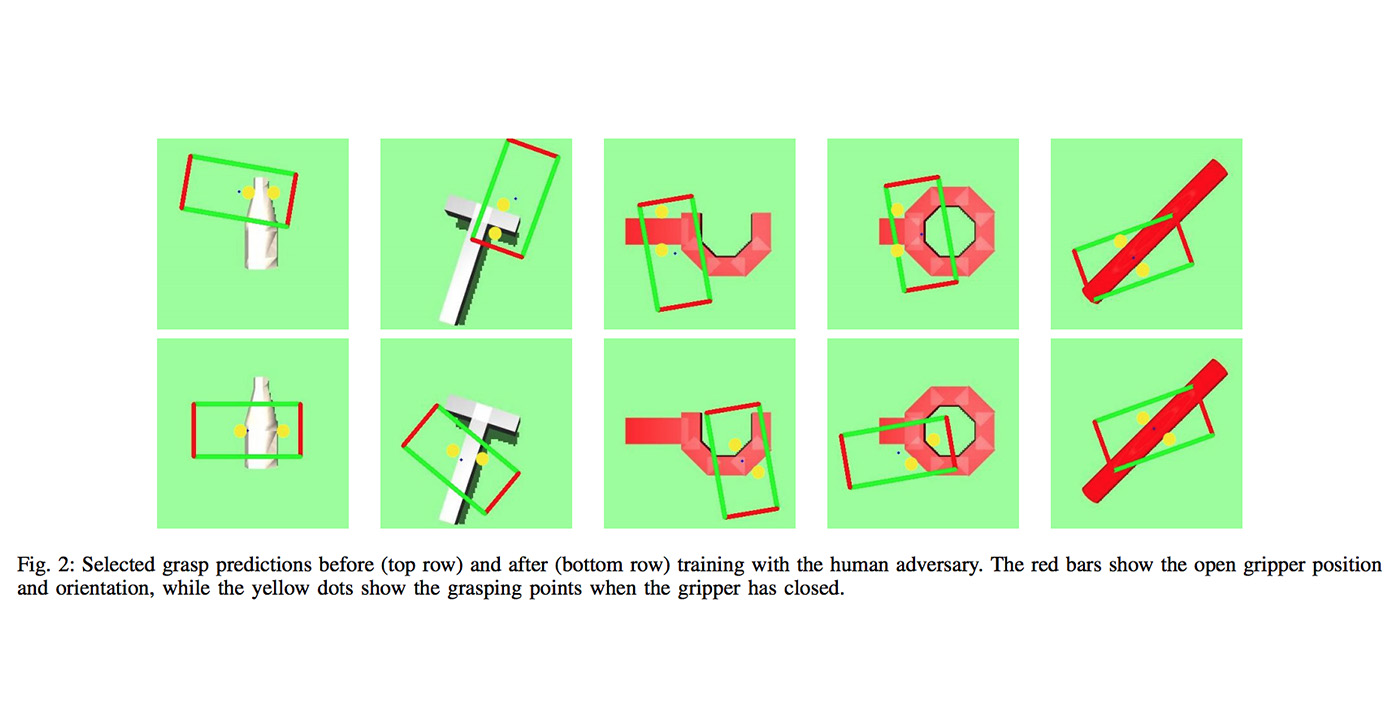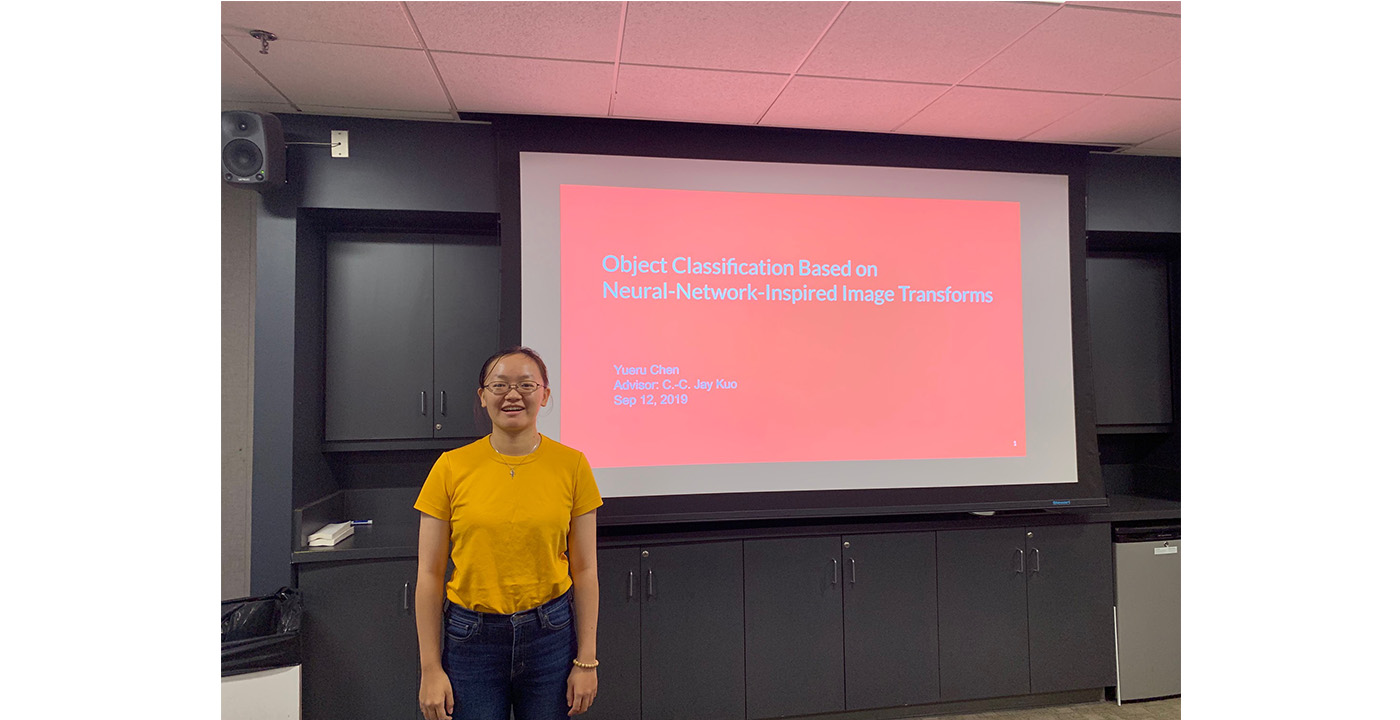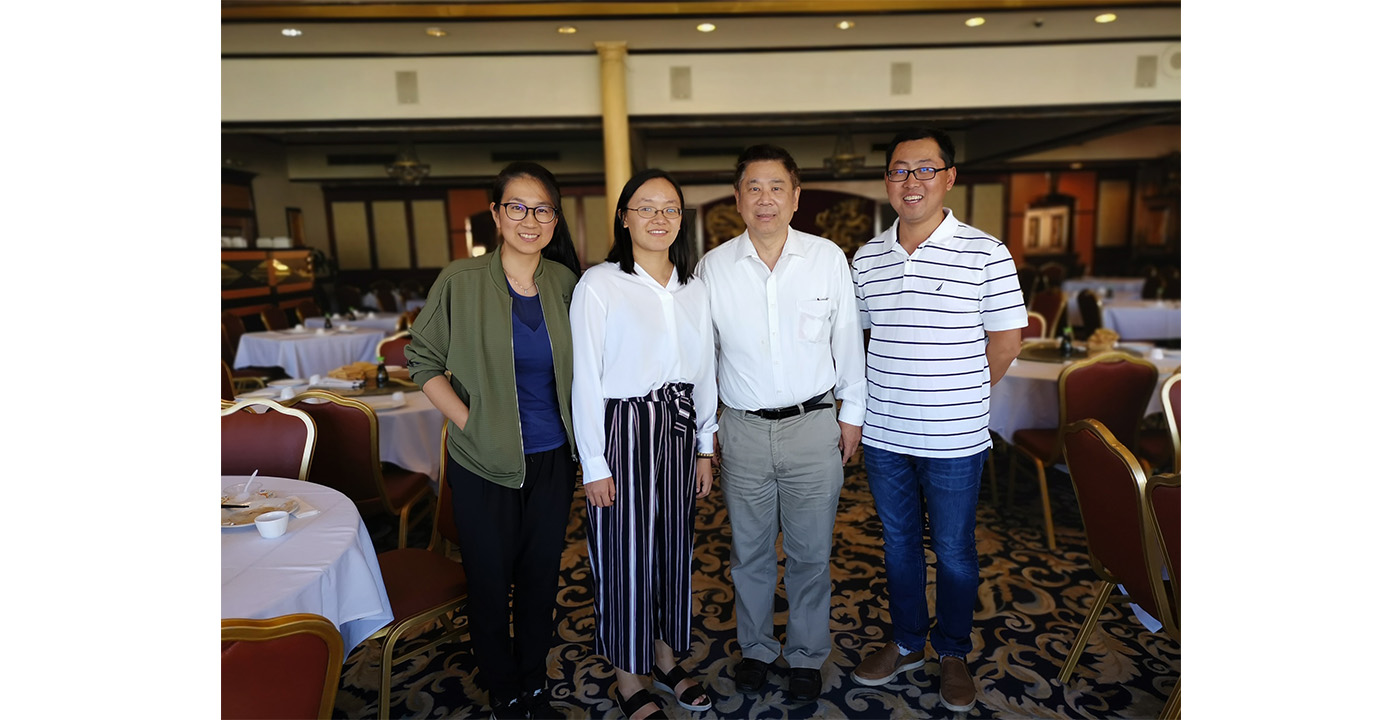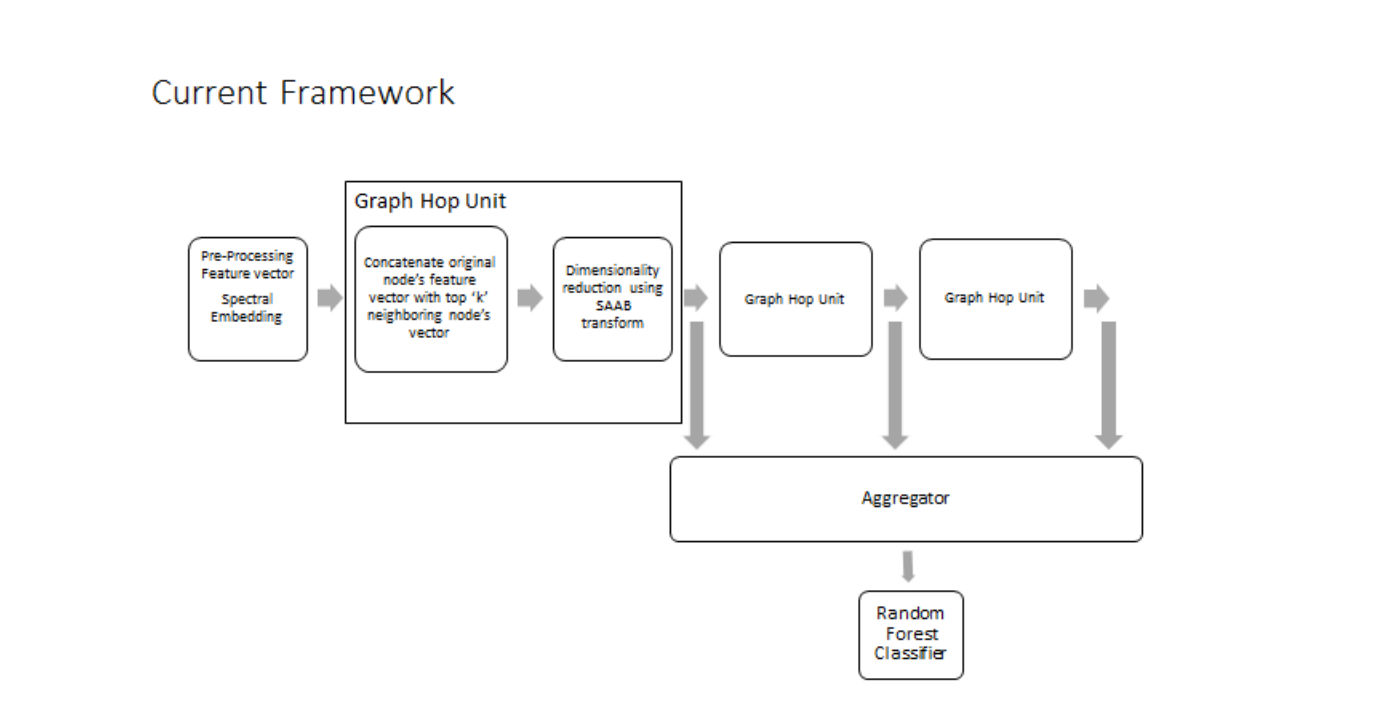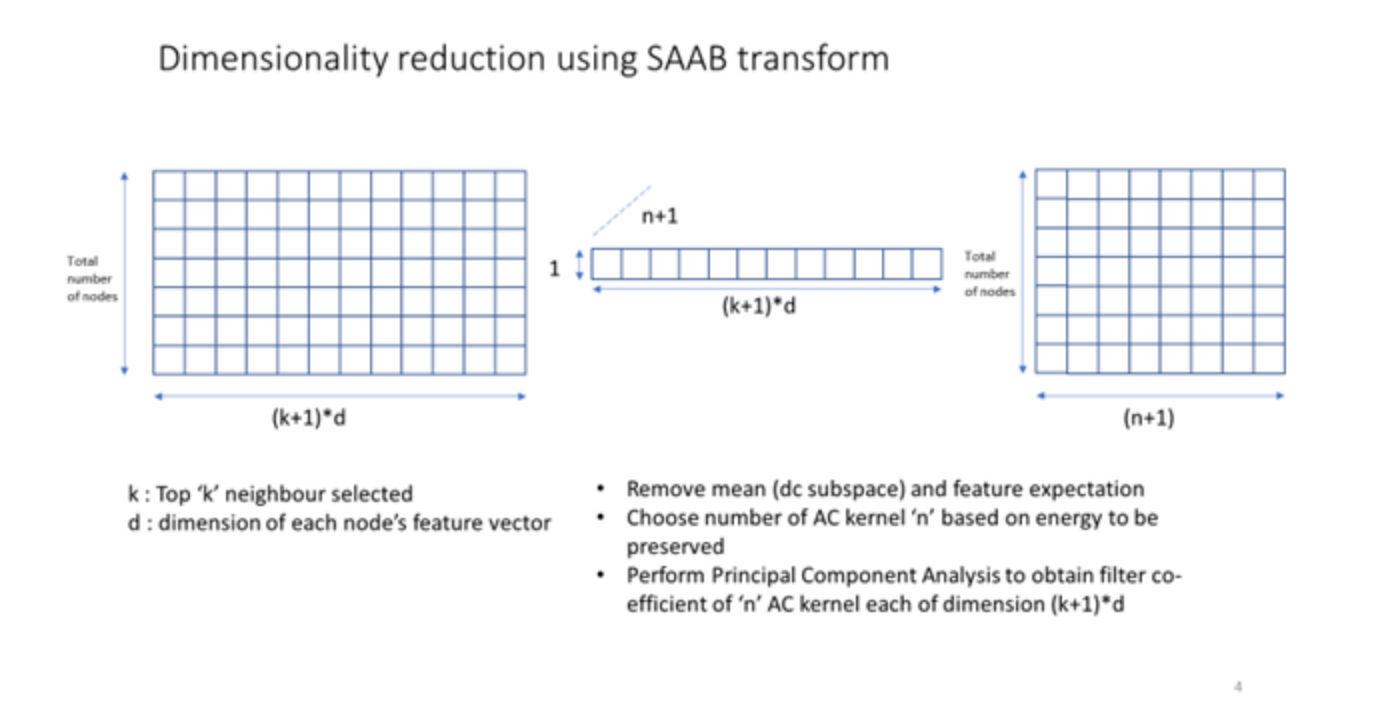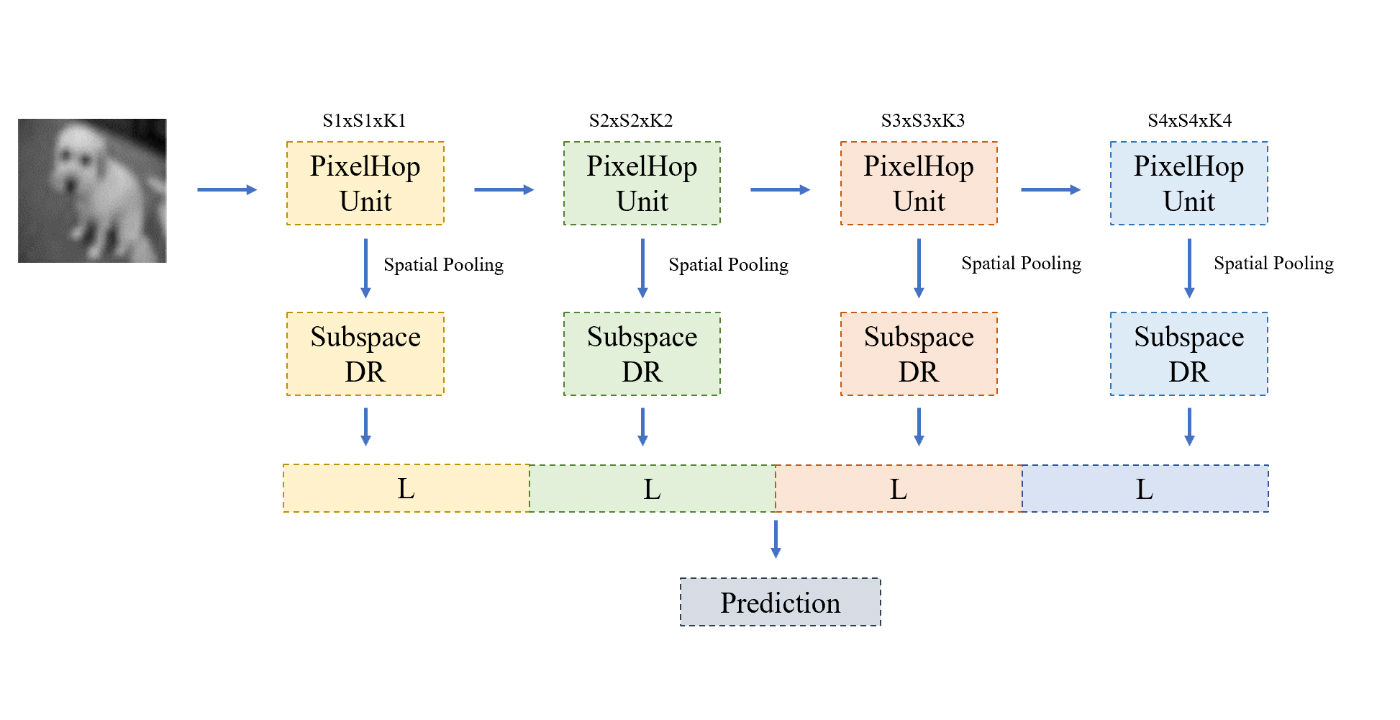Welcome New MCL Member – Eric Huang
We are so happy to welcome a new undergraduate member of MCL, Eric Huang. Here is an interview with Eric:
Could you briefly introduce yourself and your research interests?
Hi, my name is Eric Huang and I’m a current senior studying computer science at USC. I’ve been interested in research ever since I started college and the MCL is a lab I’m honored to have been able to join. I previously worked in biomedical and mechanical engineering labs, but machine learning is the field I am most interested in. My research focus is on facial classification and verification, particularly in studying how to streamline the training process. But I think that every new development in AI is incredible and I hope to be able to learn and understand the many aspects.
What is your impression about MCL and USC?
My impression of USC after three years is that the school is amazing. There are countless intelligent students and professors that form a productive and supportive network. I see the MCL as the pinnacle of what USC can achieve. Everyone in the MCL is highly driven, intelligent, and passionate and I hope to live up to the same standard.
What is your future expectation and plan in MCL?
My expectation and plan in the MCL are to learn, grow, and hopefully contribute. I plan to study hard and learn everything I can in order to be able to meaningfully help out. I expect to learn a lot from the lab members and to work hard supporting them. And I hope that I am able to form lasting connections with all the talented people I get to work with.

